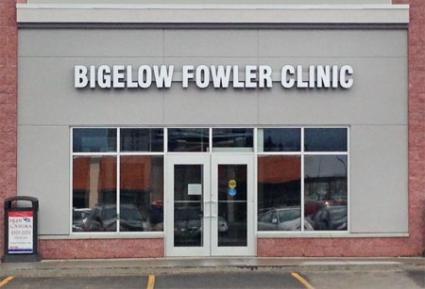What are head lice?
The head louse is an insect that lives and breeds on your head. Head lice feed themselves by biting your scalp. Having head lice (pediculosis) is common; as many as 6 – 12 million people worldwide get head lice each year.
Who can get head lice?
Anyone who comes in close head-to-head contact with someone who already has head lice can get head lice. Head lice are found more often among children between the ages of 3 – 10, and their families.
How do you get head lice?
- By close head-to-head contact with someone who already has head lice. Contact is common during play at school and at home (slumber parties, sports activities, at camp, on a playground, etc.).
- By using hats, scarves, combs, brushes, hair ribbons, pillows or towels recently used by someone with head lice.
What do they look like?
The insects are tiny, wingless, move quickly, and are difficult to see. They cannot jump or fly. They are 1 – 2 mm long and greyish brown in colour. There are 3 forms of lice: the nit, the nymph and the adult.
Nits: Nits are head lice eggs. They are hard to see and are often confused with dandruff or hair spray droplets. Nits are found firmly attached to the hair shaft. They are oval and usually yellow to white. Nits take about one week to hatch.
Nymph: The nit hatches into a baby louse called a nymph. It looks like an adult head louse but is smaller. Nymphs mature into adults about seven days after hatching. To live, the nymph must feed on blood.
Adults: The adult louse is about the size of a sesame seed, has six legs, and is tan to greyish-white. Females lay nits; they are usually larger than males. Adult lice can live up to 30 days on a person’s head. To live, adult lice need to feed on blood. If a louse falls off a person, it dies within two days.
How are head lice treated?
- There are many products available to treat head lice
- Before buying any product, talk to your pharmacist
- Talk to your doctor before treating:
- Children under two years
- A person with a seizure disorder
- A person with a scalp infection
- Buy a head lice shampoo or cream rinse from your drug store.
- Apply the product following instructions carefully. Misuse and overuse cold be hazardous.
- Head lice products kill the head lice and many eggs, but one treatment may not kill all the eggs.
- Therefore, apply a second treatment 7 – 10 days after the first treatment to kill any newly hatched lice before they mature.
- It is suggested that you limit shampoo use between the two treatments and in the week following the second treatment. This may allow the head lice product to work more effectively.
- Check the head for live lice daily between treatments and remove any nits that are still present. Use a bright light to help you see.
- Carefully check all sections of the head and remove all the nits by using fingernails or a nit comb to drag each nit down the hair shaft.
If live lice are found in the days following the first treatment, consult your pharmacist - There is conflicting information concerning whether or not all nits should be removed after the application of head lice products. Removal of nits may minimize the hatching of eggs that were not killed and the spread of young hatched lice to other heads. It is also easier to notice a new infestation if all nits are removed.
What is a baby or a woman who is pregnant or breastfeeding has head lice?
Call your family doctor for advice before choosing a treatment product. If pregnant and treating others, wear plastic or rubber gloves.
Do I need to clean my house?
You must wash hats, scarves, hairbrushes, combs, or any other item that is worn or used on the head, as well as pillowcases, towels and bed linens after the first and second treatment in very hot soapy water. Items that cannot be machine-washed should be dry cleaned or placed in an airtight bag for 10 days to two weeks. Excessive house cleaning is not necessary, but it may be advisable to vacuum surfaces where heads have rested (e.g. sofas, seats or cars and helmets.) NEVER use insecticide sprays.
How can I control the spread of head lice?
- Discourage head-to-head contact of sharing of hats, scarves, hairbrushes and comps.
- Tie long hair back in braids
- Check the heads of all family members and people in close contact in case someone else has head lice.
- All family members with head lice should be treated at the same time.
- Tell all close contacts of the person with head lice to check their head. As well, tell the child’s teacher and/or daycare worker
- You cannot prevent head lice by using head lice shampoos or products – only use them if you have head lice.
- Check young school age children weekly for head lice; more often if there is an outbreak.
Important Points to Remember
- Be sensitive to your child’s feelings!
- Lack of cleanliness does not cause head lice.
- Both children and adults can get head lice.
- Short hair does not prevent the spread of lice.
- Head lice do not live on dogs, cats or other animals.



